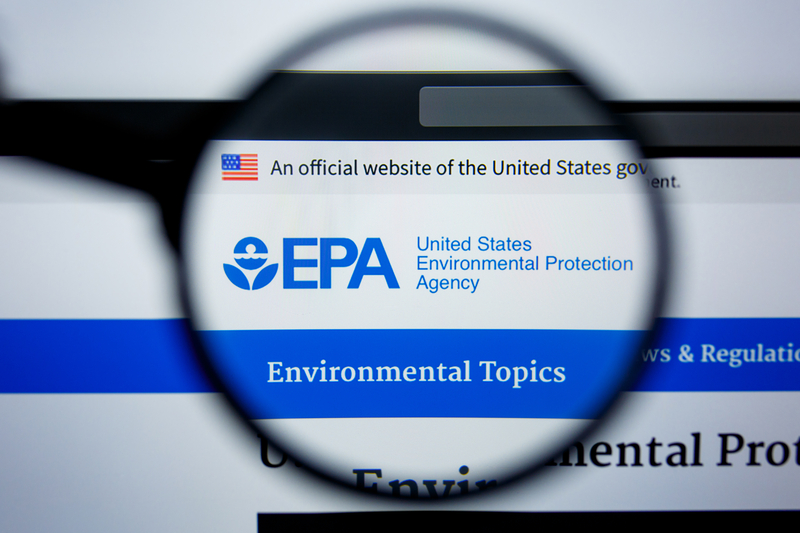
The Trump administration has launched the most aggressive deregulatory campaign in the history of the Environmental Protection Agency (EPA), significantly reshaping how chemical regulations are enforced. This sweeping rollback of environmental oversight directly affects manufacturers that rely on chemical processes, easing compliance burdens but raising concerns about public and environmental safety. Recent changes underscore a broader effort to scale back federal regulatory power in favor of industry interests.
Industry groups, including the Alliance for Chemical Distribution, the American Chemistry Council, and the American Fuel & Petrochemical Manufacturers, have requested changes to the EPA’s Risk Management Program (RMP) Final Rule, Toxic Substance Control Act Risk Evaluations, heavy-duty truck emissions, and more. They argue that existing regulations impose excessive costs and unrealistic timelines, and that the estimated compliance costs are significantly higher than EPA’s original estimates.
With so many changes coming so quickly from the Trump Administration, it can be hard to keep up with the changes. Here’s a summary of key developments at the EPA:
- Reconsideration of Air Emission Standards (NESHAPs)
The EPA announced a reconsideration of multiple National Emission Standards for Hazardous Air Pollutants (NESHAPs) affecting various industrial sectors, including synthetic organic chemical manufacturing, rubber tire production, and taconite ore processing. During this review, the agency is considering a two-year compliance exemption for affected facilities under Section 112(i)(4) of the Clean Air Act. This move aims to ensure protections for human health and the environment while potentially reducing regulatory burdens on industries.
- Rollbacks on PFAS Regulations
The administration has withdrawn a critical EPA draft rule intended to limit toxic per- and polyfluoroalkyl substances (PFAS) in industrial wastewater. PFAS, often referred to as “forever chemicals,” are linked to various health issues, including cancer and liver damage. The rollback has raised concerns among environmental and health advocates about continued contamination risks.
- Revisions to Chemical Disaster Safety Protections
The EPA initiated a rulemaking process to reconsider safeguards under the Risk Management Program (RMP), which oversees nearly 12,000 chemical facilities. Industry groups have urged the agency to roll back the 2024 RMP Rule, citing high compliance costs. Critics argue that weakening these protections could increase the risk of chemical disasters, endangering workers and nearby communities.
- Adjustments to New Chemicals Review Process
The EPA has finalized revisions to the new chemicals regulations under the Toxic Substances Control Act (TSCA). These changes aim to reduce review times for new chemical applications and decrease the frequency of amendments to risk assessments. However, uncertainties remain about whether these amendments will effectively address industry concerns and ensure safety.
Manufacturers should prepare for a period of regulatory uncertainty as the EPA continues to reconsider and revise key chemical safety and emissions rules. These changes could significantly alter compliance requirements, deadlines, and enforcement priorities. As exemptions and revised timelines are considered, businesses may find opportunities to adjust their operational and investment strategies. However, it’s essential to remain vigilant, as these regulatory shifts are likely to attract public scrutiny and potential legal challenges. Companies must carefully monitor developments, evaluate their risk management plans, and ensure that their compliance practices align with both current requirements and possible future changes.
